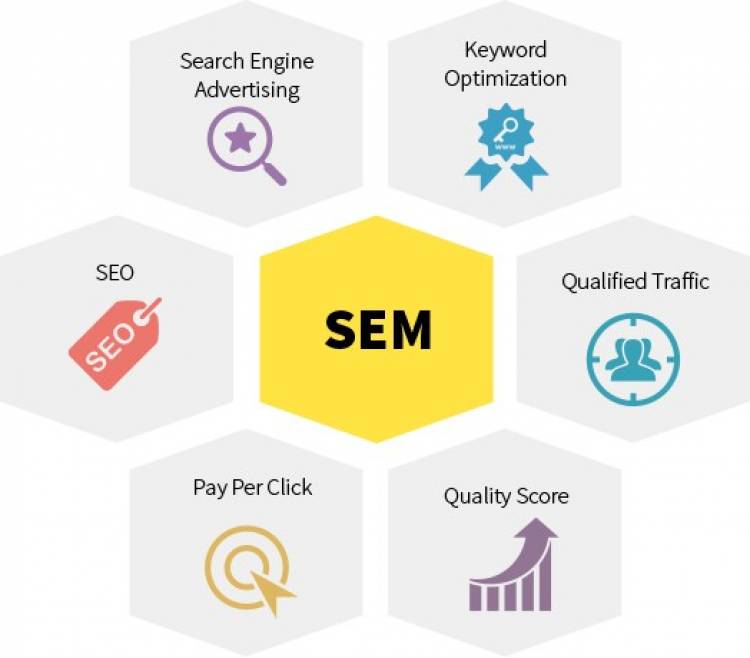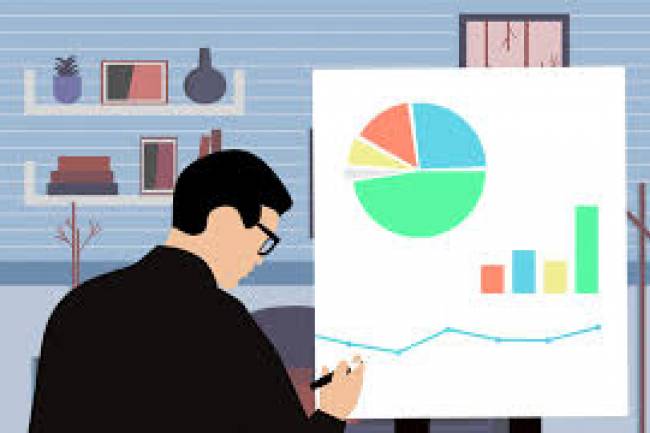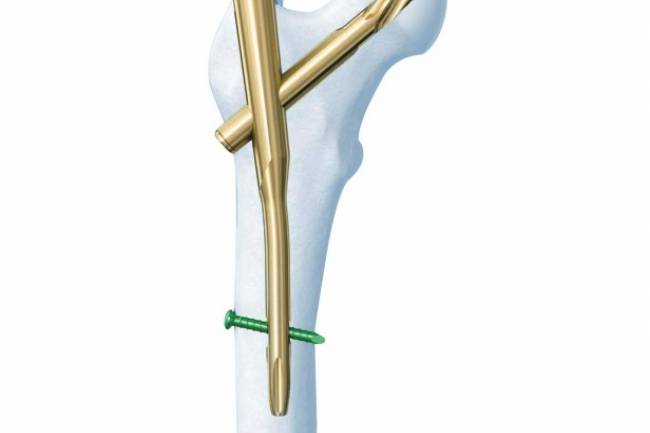
What Is SEM In Digital Marketing?
Digital marketing is multi-faceted and involves a wide range of strategies and tactics. One of the most significant dimensions of digital marketing is SEM or search engine marketing. SEM leverages the common practice of searching the Internet as a means to connect to relevant audiences and prospective customers.
Google is the most popular search engine and attracts over a billion searches every 24 hours. There are people searching for products, services, and brands like yours at this very moment! SEM marketing is focused on turning search engines, like Google, into an effective marketing channel by connecting to these individuals and driving valuable website traffic.
The Importance Of SEM
SEM is an integral part of a successful digital marketing strategy. When most people go to search for a business, product or service, they turn to search engines. If your business is visible and accessible on search results pages, then new customers will regularly discover your business.
If you have a website and conduct any business through that site, then neglecting to be present on search engines is like forgetting to turn on the “Open” sign in the window of your store. People will walk by and never get the opportunity to experience your brand or its products.
The Two Types Of SEM
There are two ways to achieve the crucial visibility on search engines: organic and paid. SEM typically focuses on the paid side, but it is important to understand how ranking organically in search results also plays into your marketing strategy.
Organic Search Marketing
With this flavor of SEM, the objective is to build your site’s quality, authority and reputation to climb the organic search rankings that appear when someone enters a Google search. The higher you appear on the organic rankings, the more trustworthy and relevant the search engine finds your site. And, higher organic rankings receive the most amount of clicks and site visits.
Improving site authority and quality is done through search engine optimization and includes tasks like:
- Creating content to target popular keywords and searches.
- Linking between pages and other websites to build authority.
- Organizing pages and adding metadata to help Google make sense of your website.
- Improving site speed and page load times.
Paid Search Marketing
The other side to SEM is paid search marketing. This has a direct cost element at play. Instead of spending the time and energy climbing the organic search rankings, marketers can also place paid results at the top of the search engine results pages.
These ads can appear above the top search results, which makes them very impactful in terms of visibility and generating traffic. Plus, marketers don’t pay every time their search ad appears; they only pay after a user clicks the link of their ad.
Essentially, it’s a way of paying for website traffic. For many businesses, website traffic is a valuable commodity. More traffic means more chances to convert visitors into customers, which means more sales!
Organic Versus Paid SEM
While there is an obvious element of cost differentiating organic search marketing and paid SEM, there are some other differences that separate these two strategies.
Timeline
SEO and organic search marketing are long-term strategies. It takes time to build domain authority, create content, and develop a healthy supply of external links from other sites. If you need fast, immediate results, then you aren’t going to want to wait around for your website to slowly climb up the organic search rankings.
Paid SEM, on the other hand, sets an immediate course for the top of the search results pages. If you have the budget to outbid competitors and get your search ads placed, then you can have that top-of-the-page visibility on the same day that you publish your ad content.
User Intent
Traffic to your website is always nice, but it’s a lot better when the individuals visiting your site actually plan to buy something, sign up or otherwise convert. This is what’s known as intent.
Typically, traffic from paid search ads is more likely to take action. People that choose a paid or sponsored result over an organic one are interested in the offer and want to be quickly connected to the product, service, or brand being advertised.
Traffic generated through organic search results doesn’t always have this high intent to convert. Often, these individuals are still in the research and discovery phases of the sales funnel and they still need time before they are ready to take action.
Pay-Per-Click Marketing And SEM
The term pay-per-click, or PPC, is often associated with SEM and paid search ads. It is a term used to describe the advertising model used in SEM. As mentioned before, advertisers don’t pay whenever their ads appear on search results pages. They only pay when someone clicks the ad’s link. This is where the name pay-per-click comes from.
This can actually keep your costs relatively low and manageable because you’re only paying for the users that visit your website. If you’re able to follow up these clicks with a good site experience that helps them act, you can easily generate positive revenue.
How Much Does A Click Cost?
The cost of a click is abbreviated with the acronym CPC (cost-per-click). This value is determined by how much a marketer bids on a particular keyword. A bid is how much you’re willing to spend for a single click on the search results for a targeted keyword.
For example, you bid $0.50 on the keyword “sports collectibles.” Every time a Google user clicks your ad after searching for “sports collectibles,” your Google Ads account is charged $0.50.
How much you need to bid depends on how much competition there is for the keyword. More competition means more bids! A general keyword, like “sports collectibles,” is going to be more expensive than a niche search term, like “Babe Ruth autographs.”
Conclusions
While SEM in digital marketing is often thought of as paid or organic, the best SEM strategy is a combination of the two! Both have their advantages and disadvantages, but when you blend the two together, you eliminate the drawbacks and maximize the benefits.
Click Here To See More











